Many new classes were added to the course catalogue this year in order to accommodate the four-by-four plan, as well as to give students more options for either fulfilling credits or for fun. Among these classes are Music Theory (both AP and regular), AP Art History, Environmental Systems, Scientific Research and Design, Earth and Space Science and College Preparation.
AP Music Theory is recommended for those students intending to major in music and is offered to upperclassmen as an AP class and to everyone as a regular class. It introduces students to basic musical skills such as reading music on the regular level and provides advanced skills for people who intend to major in music, such as musical composition, on the AP level.
“Being in the Music Theory class can help you be a better musician, performer and music writer because you will know more about the origins, the history of music and how to write it to give it the best sound possible,” Quyenanh Duong, senior, said.
AP Art History is offered to juniors and seniors only and teaches students to observe and critically evaluate art, with consideration to the social, political, economic and religious influence on the art. The class is taught by Betsy Murphy, who also teaches Art I through Art IV and Drawing. Murphy feels more than ready to teach AP Art History thanks to a summer of help and guidance from the AP Art History teacher at Vista Ridge, and she is able to draw from her own experiences from Art History in college.
“Prehistoric rock art in the Southwestern United States is my favorite,” says Murphy. “I am thrilled to have this opportunity to share my knowledge with people with a passion of the subject.”
Environmental Systems gives seniors a non-AP science course option to allow them to fulfill the four-by-four plan. It’s taught by Tony Randel, who also teaches Physics. Environmental Systems is geared towards local ecology, unlike its AP counterpart Environmental Science which is more about the environment on the grand scale.
“It’s a lot of time and effort [to start a new class], but it hits right on all the creative buttons that I enjoy,” Randel said. “It’s an open plan. I’m meeting Texas State requirements, but it really is a blank canvas for me.”
Earth and Space Science is another new non-AP science class and it’s proving successful, with two full class periods. The class is taught by Justine Taylor, who hopes to have even more class periods full of students interested in Earth and Space Science in coming years.
“I remember really enjoying the subject when I took it back in college and have since then retained my fascination with the landscape—up close and from a distance—and the sky on the many vacations I’ve been on since then,” Taylor said. “So it’s really nice to be able to have the chance to really study the subject again and share that interest with my students.”
The level of interest among the students in the class varies; some want to go into careers involving earth and space, others are taking it for fun.
“I chose [to take Earth and Space Science] because it was different from what I have taken [before] and I thought it would be very interesting,” Megan Schade, senior, said. Yet another new science course, Scientific Research and Design, is taught by Brent Grissom who also teaches Pre-AP and AP Biology. This one-semester course is only offered to seniors, and is intended to present dedicated students with a more collegiate science experience. Students create their own experiments and design and conduct field investigations.
“We weren’t sure how it could be arranged for research but we’re going to be doing very high level molecular biology research in coordination with the University of Texas,” Grissom said. “[The students’ high level of interest] allows us to operate at a much higher level, because the emphasis is on applying the material in experimental methodology versus merely acquiring knowledge.”
There are only 15 to 20 people enrolled in the class, but it’s more than Grissom anticipated for a first year class. The small class size allows the students to have fun but still put things back in order without a long transition of wasted time, which often happens in large classes.
“It’s cool that we’re the first class and it’s all getting figured out as we go,” Katie Walker, senior, said. “Most importantly though, the material is interesting and something I’ve never done quite so extensively before in any other class.”
Aside from new science courses, another helpful elective offered this year is College Preparation. The class is aimed mostly at juniors and is taught by Shelley Bramlett, AP English III teacher. Students in this course get a head start on college admission procedures by practicing for the SAT, creating a resume and filling out college applications, among other necessary preparations.
“The class is interesting [and] really laid back, but we still learn,” Braydin McReynolds, junior, said. “I chose to take [College Prep] because I thought it would be a good idea to get a head start on the college application process.”
With such a plethora of new classes, students in the coming years will have more options for fulfilling the four-by-four plan and potentially enjoying it as well. The new courses are catered more towards individual interests and very in level of difficulty, which many students are discovering is a positive change.


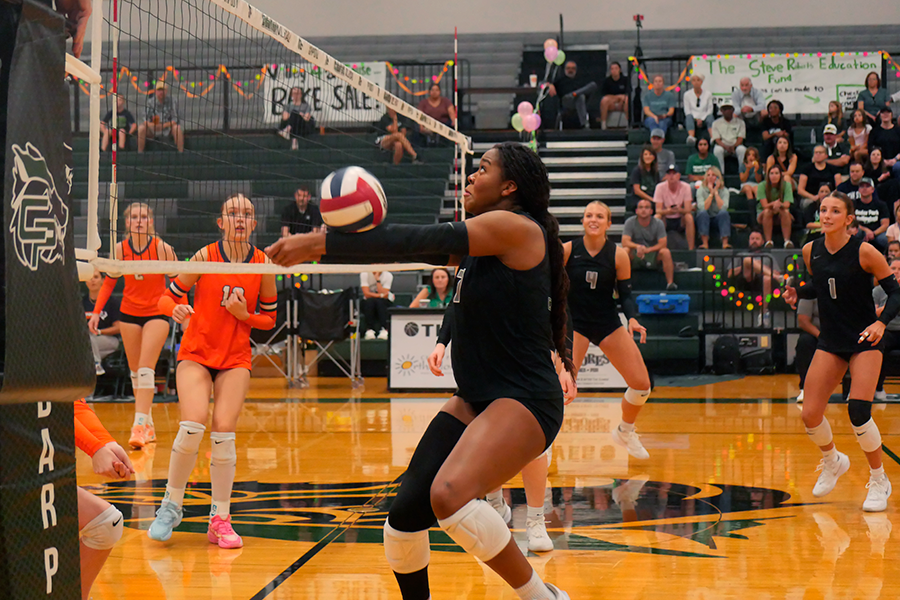
![Jumping off the ground, senior linebacker Bennett Patton snatches the ball out of the air for an interception at Thursday’s game against Chaparral. Patton had two interceptions in the 56-14 victory, tying the school record for interceptions in a game. “I was just playing the game,” Patton said. “[I’m] going to go into next week, forget about it and stay humble.” Photo by Harper Chapman](https://cphswolfpack.com/wp-content/uploads/2025/09/bennett-interception.jpg)
![The fire department came to the school after students were evacuated when smoke started coming from the ceiling of a classroom. All students and staff are safe. “All of my friends left their stuff too, so we couldn’t contact our parents, and it was stressful,” senior Brynn Fowler said. “It was scary because I didn’t know [what was going on], and I couldn’t find anyone because it was a big crowd.” Photo by Anthony Garcia](https://cphswolfpack.com/wp-content/uploads/2025/09/firetruck.jpg)
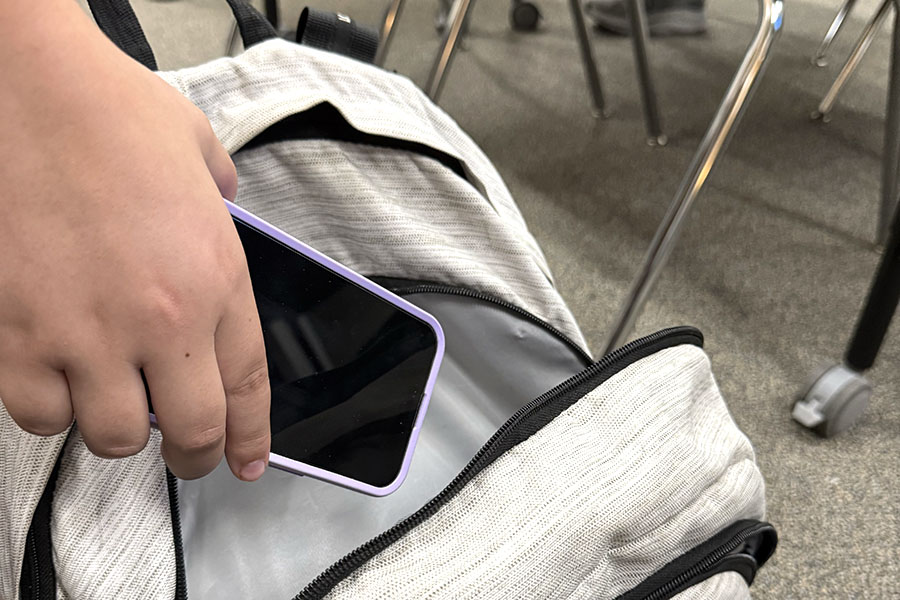
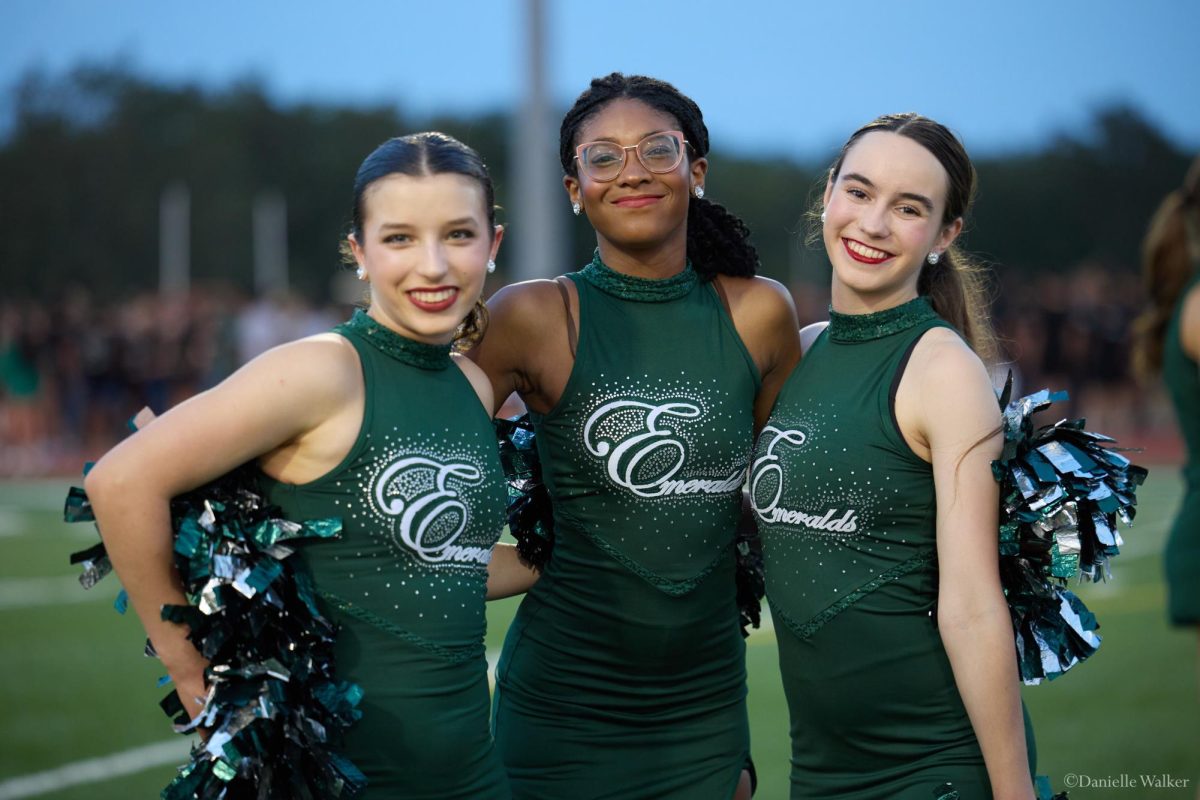
![Sitting with her friend senior Sohpia Struve at last year’s Austin City Limits Festival, senior Ava Zuniga poses for a picture under a pavilion. They are frequent attendees at ACL, an annual music festival at Zilker Park. “I would recommend seeing a bunch of people,” Zuniga said. “This past year, we camped out for Chappell [Roan] for a really long time. I think the whole point of ACL, [which] is a lot of fun, is that you can go see so many different people, even if you don’t know them. So by camping by one person, it really limits yourself from being able to go see a bunch of people.” Photo courtesy of Ava Zuniga](https://cphswolfpack.com/wp-content/uploads/2025/10/EE9E9484-FE6F-4AA0-B5F5-0C177AB32841-1200x857.jpeg)
![Broadcast, yearbook and newspaper combined for 66 Interscholastic League Press Conference awards this year. Yearbook won 43, newspaper won 14 and broadcast took home nine. “I think [the ILPC awards] are a great way to give the kids some acknowledgement for all of their hard work,” newspaper and yearbook adviser Paige Hert said. “They typically spend the year covering everyone else’s big moments, so it’s really cool for them to be celebrated so many times and in so many different ways.”](https://cphswolfpack.com/wp-content/uploads/2025/05/edited-ILPC.jpg)


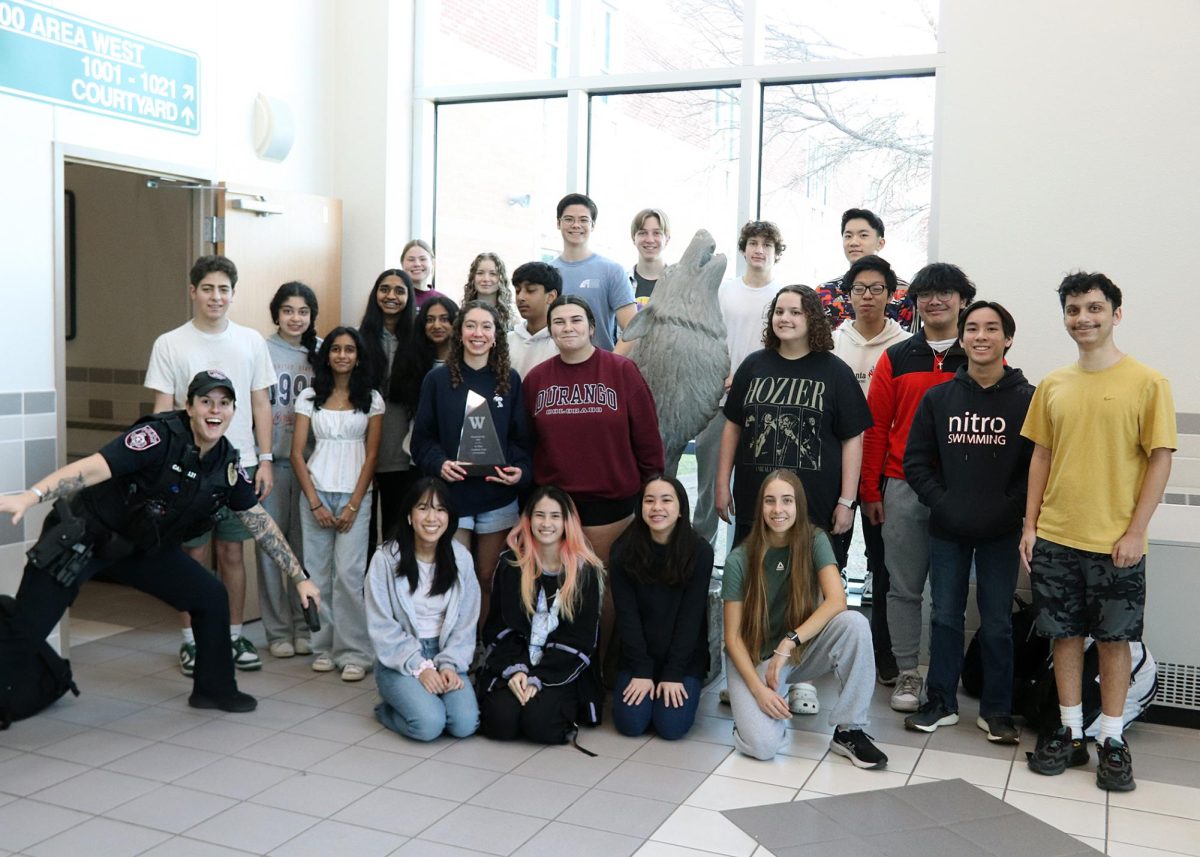

![Looking down at his racket, junior Hasun Nguyen hits the green tennis ball. Hasun has played tennis since he was 9 years old, and he is on the varsity team. "I feel like it’s not really appreciated in America as much, but [tennis] is a really competitive and mentally challenging sport,” Nguyen said. “I’m really level-headed and can keep my cool during a match, and that helps me play a bit better under pressure.” Photo by Kyra Cox](https://cphswolfpack.com/wp-content/uploads/2025/09/hasun.jpg)
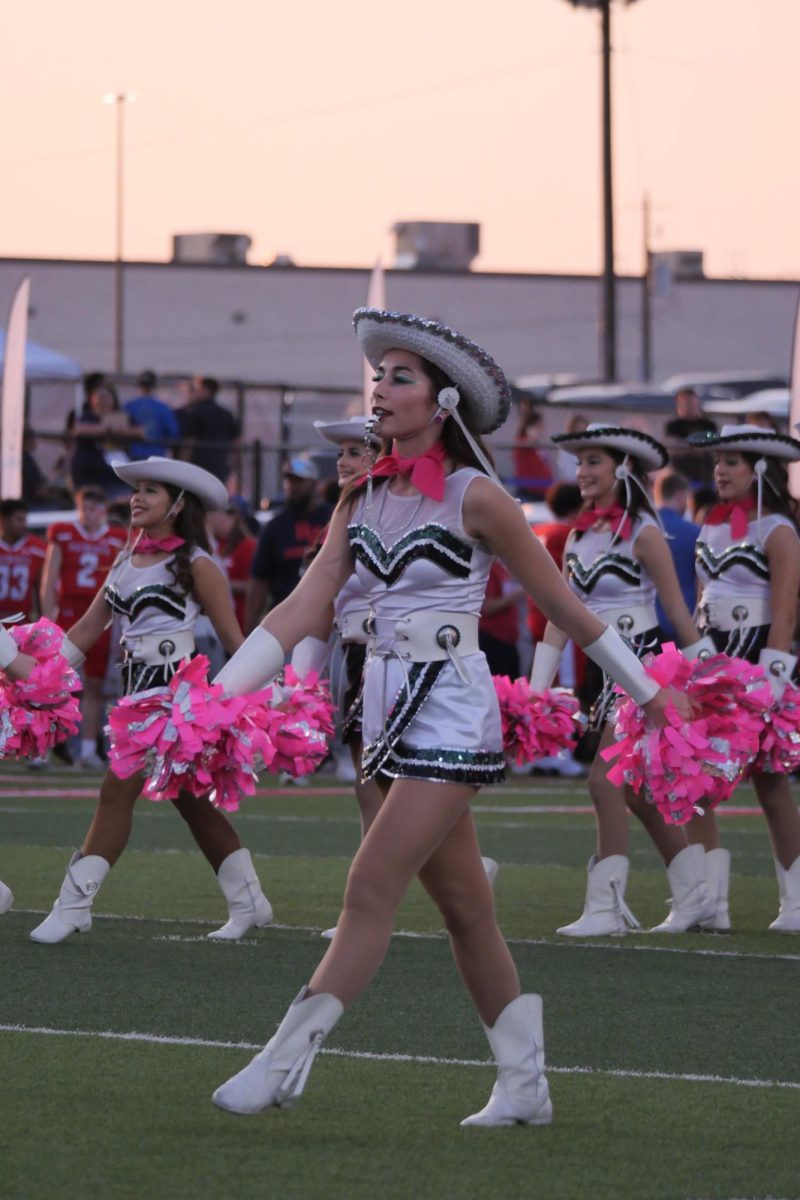

![Bringing her arm over her head and taking a quick breath, junior Lauren Lucas swims the final laps of the 500 freestyle at the regionals swimming competition on date. Lucas broke the school’s 18-year-old record for the 500 freestyle at regionals and again at state with a time of 4:58.63. “I’d had my eye on that 500 record since my freshman year, so I was really excited to see if I could get it at regionals or districts,” Lucas said. “ State is always a really fun experience and medaling for the first time was really great. It was a very very tight race, [so] I was a bit surprised [that I medaled]. [There were] a lot of fast girls at the meet in general, [and] it was like a dogfight back and forth, back and forth.” Photo by Kaydence Wilkinson](https://cphswolfpack.com/wp-content/uploads/2025/03/Kaydence-2.7-23-edit-2.jpg)
![As the support team sits and poses for a photo in the cafeteria with the counseling team they eagerly wait to start their day. "We [all] seem to be a team, I get up every day and there's days where I don't want to go to work today, but I'm thankful that I have a job and I'm blessed to have what I have," Christopherson said. Photo Courtesy of Julie Weltens.](https://cphswolfpack.com/wp-content/uploads/2025/01/AF9E8470-10D7-4C91-BF28-EC8F86BAB66C-1200x852.jpeg)
![Officer Stephanie Cash is in her second year as an SRO at CPHS. “Seeing [students] grow over the years has been kind of cool,” Officer Cash said. “Freshmen that [are] all over the place and then in the next couple of years get a little more squared away and go to class and do work and start thinking about the future. Being a part of a student's growth is the best way to measure my success as an SRO.” Photo Courtesy of Cedar Park Police Department's PIO, Alicia Gallagher.](https://cphswolfpack.com/wp-content/uploads/2024/12/CPHS-SRO-900x1200.jpg)
![As he sprints with the ball, senior running back Trae Hill breaks a tackle during Friday’s 35-14 loss against the Vandegrift Vipers. Hill ran for 135 yards and two touchdowns during the game. “[Scoring] was electric,” Hill said. “It always feels good to score, but the O-line did everything.”](https://cphswolfpack.com/wp-content/uploads/2025/09/IMG_0795allie.varfb_-1200x799.jpg)














